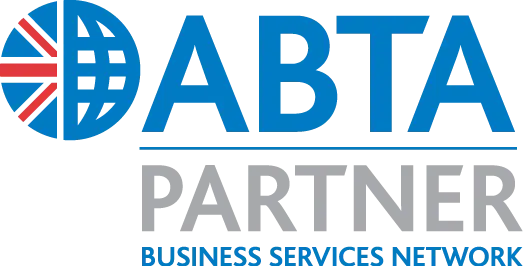
Driving in Denmark.
Honest, simple and no hidden fees.
- Free Cancellation
- Excess Protection
- 24/7 Support
- Fair Fuel Policy
The stylish country.
From Lego to Georg Jensen, Denmark is a stylish yet functional country with a huge amount going for it. From its pristine beaches in the north to Copenhagen’s traditional 17th century waterfront at Nyhavn. When it comes to food, there’s more than just pastries to focus on. Denmark is home to some of the best restaurants in the world including Noma, which is across the water from Nyhavn.
To find out more about the various activities to do and sights to see in Denmark, you can read our Danish travel guide for more information.
Tips for driving in Denmark
Which side of the road do they drive on?
Drive on the right, overtake on the left. Traffic from the right normally has right of way – check for signs advising against this. Vehicles approaching a roundabout must give way to traffic already on the roundabout.
Stationary trams may be overtaken only on the right at moderate speed or on the left where there is no room on the right. Moving trams should only be overtaken on the right, however overtaking on the left is permitted in one-way streets or where there is no room on the right.
Seat belts
It is compulsory for the driver and passengers on the front and rear seats of cars to wear seat belts where fitted.
Driving with children
Children younger than three must be seated in a child restraint system suitable for their size and weight. Children older than three but shorter than 135cm must be seated in a child restraint system suitable for their height and weight.
Blood alcohol limit
The drink drive limit is 0.5 mg per ml. Alternatively, the maximum level of alcohol in the blood permitted is 0.05%.
Can I use a mobile?
The use of a mobile phone while driving is prohibited, with the exception of a hands-free system.
Reflective vests, triangles & other essentials
A warning triangle and reflective vests must be carried in all vehicles in Denmark. We recommend you also carry a first aid kit and fire extinguisher.
Do I need winter tyres or snow chains?
Winter tyres are not compulsory in Denmark. In severe conditions, snow chains can be used. Studded tyres may be used from 1st November and 15th April if the conditions warrant it.
Parking
Parking signs clearly show where you may and may not park. If you park in a no parking area, your vehicle may be removed by the police.
On the spot fines
The Danish Police are able to impose and collect fines on the spot for minor traffic offences. The offence can also be reported to the British authorities.
Horns and headlights
All vehicles must have their headlights or daytime running lights on at all times during the year. You should not use the horn in urban areas unless involved in a dangerous situation.
What should I do if I have an accident?
If you’re in an accident, you MUST notify the Police and the supplier and get an accident report for insurance purposes. Failure to do so may result in you footing the whole bill. It is also recommended to contact us at the same time to ensure you follow the correct procedure.
What should I do if I breakdown?
In the event that you should breakdown you should put on a reflective jacket (if provided) and place a warning triangle behind your vehicle in order to warn other motorists. Call the car rental provider who will be able to advise you further.
Toll roads
There are no actual toll roads in Denmark. However, the Öresund and Storebaelt bridges require toll payment.
Driving distances
Copenhagen to Odense – 165km (1hr 50mins)
Copenhagen to Aalborg – 416km (4hrs 10mins)
Copenhagen to Billund – 266km (2hrs 50mins)
Book nowPlaces to hire in Denmark
- Aalborg
- Aalborg Airport (AAL)
- Aarhus
- Aarhus Airport (AAR)
- Billund Airport (BLL)
- Copenhagen
- Copenhagen Airport (CPH)
- Esbjerg
- Herning
- Hillerod
- Odense
- Sonderborg Airport (SGD)
- Vejle
Average customer rating for car hire in Denmark
(4.73 out of 5.00) based on 33 responses to our customer survey.
Speed limits
- Motorways - 110 kph / 68mph
- Open roads - 80 kph / 50mph
- Built up areas - 50 kph / 31mph
Phone numbers
- Police - 112
- Fire - 112
- Ambulance - 112
Useful phrases
- Danger - Fare
- Diesel- Diesel
- Exit- Udgang
- Filling Station- Tankstation / benzinstation
- Petrol - Benzin
- Prohibited - Forbudt
- Right of way - Forkjørselsret
- Roadworks - Veiarbejde
- Slow - Langsom
Fuel
Credit cards are accepted at most filling stations across Denmark.





